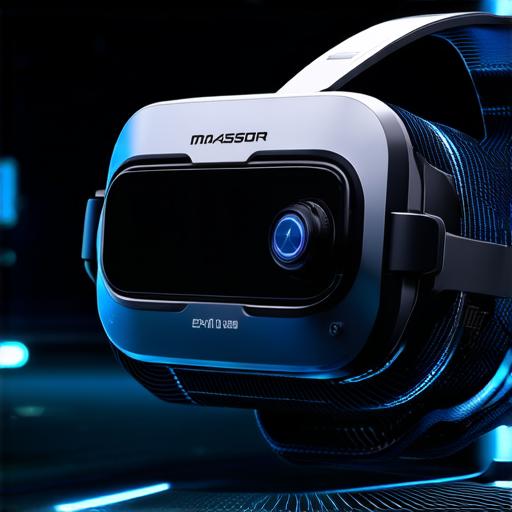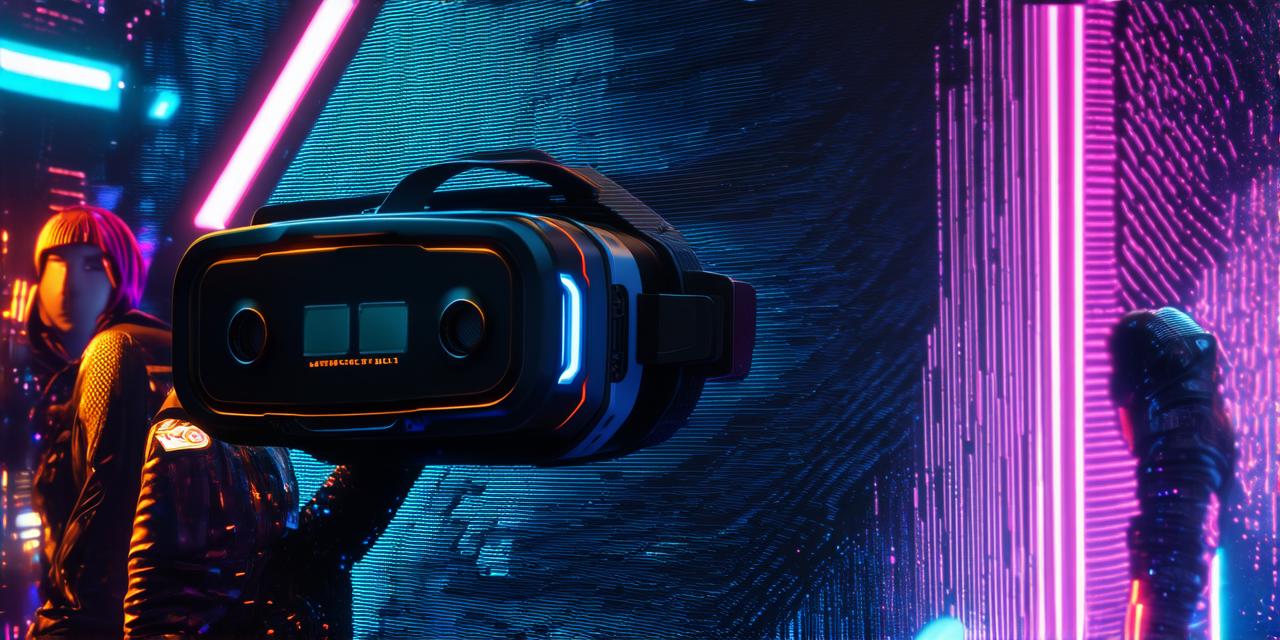Virtual reality (VR) has been a topic of interest for many years now, with its roots tracing back to the early days of computer technology. In this article, we will explore why VR was created and how it has evolved over time.
History of Virtual Reality

The concept of virtual reality can be traced back to the 1960s when researchers first began experimenting with immersive displays. One of the earliest examples of VR was the Sword of Damocles, developed by Ivan Sutherland in 1968. This system used a head-mounted display and a projector to create an illusion of being in a room filled with swords.
In the following decades, researchers continued to explore the potential of VR, but it wasn’t until the 1990s that the technology began to take off. The development of powerful computers and graphics processing units (GPUs) made it possible to create more realistic and immersive virtual environments.
Purpose of Virtual Reality
The purpose of VR is to provide a fully immersive experience, allowing users to feel as though they are in a different environment. This can be useful for a variety of applications, including training, entertainment, and education.
For example, VR can be used to train medical professionals in simulated surgical procedures, allowing them to practice without the risk of harming real patients. It can also be used in the military to train soldiers in combat scenarios, providing them with a realistic experience that can help prepare them for real-world situations.
In addition to training and simulation, VR can also be used for entertainment purposes. Video games are one of the most well-known applications of VR, providing users with an immersive gaming experience that can be difficult to achieve on traditional gaming platforms.
Evolution of Virtual Reality
Over the years, virtual reality has evolved in a number of ways. One of the biggest advancements in VR technology has been the development of wireless headsets, allowing users to move more freely without being tethered to a computer or other device.
In addition, advances in display technology have made it possible to create more realistic and immersive environments. High-resolution displays and advanced graphics processing technologies have allowed developers to create virtual worlds that are indistinguishable from the real world.
Summary
In conclusion, virtual reality was created to provide users with a fully immersive experience. Over time, the technology has evolved to become more powerful and sophisticated, allowing for a wide range of applications. From training and simulation to entertainment and education, VR has the potential to revolutionize the way we interact with technology and the world around us.
